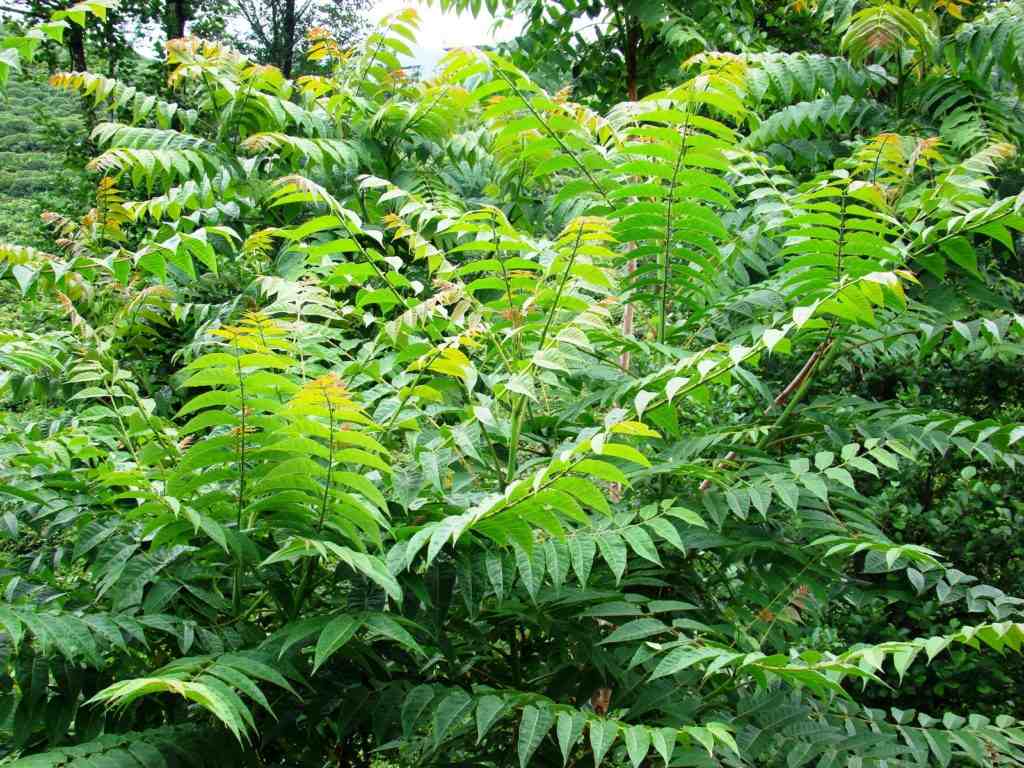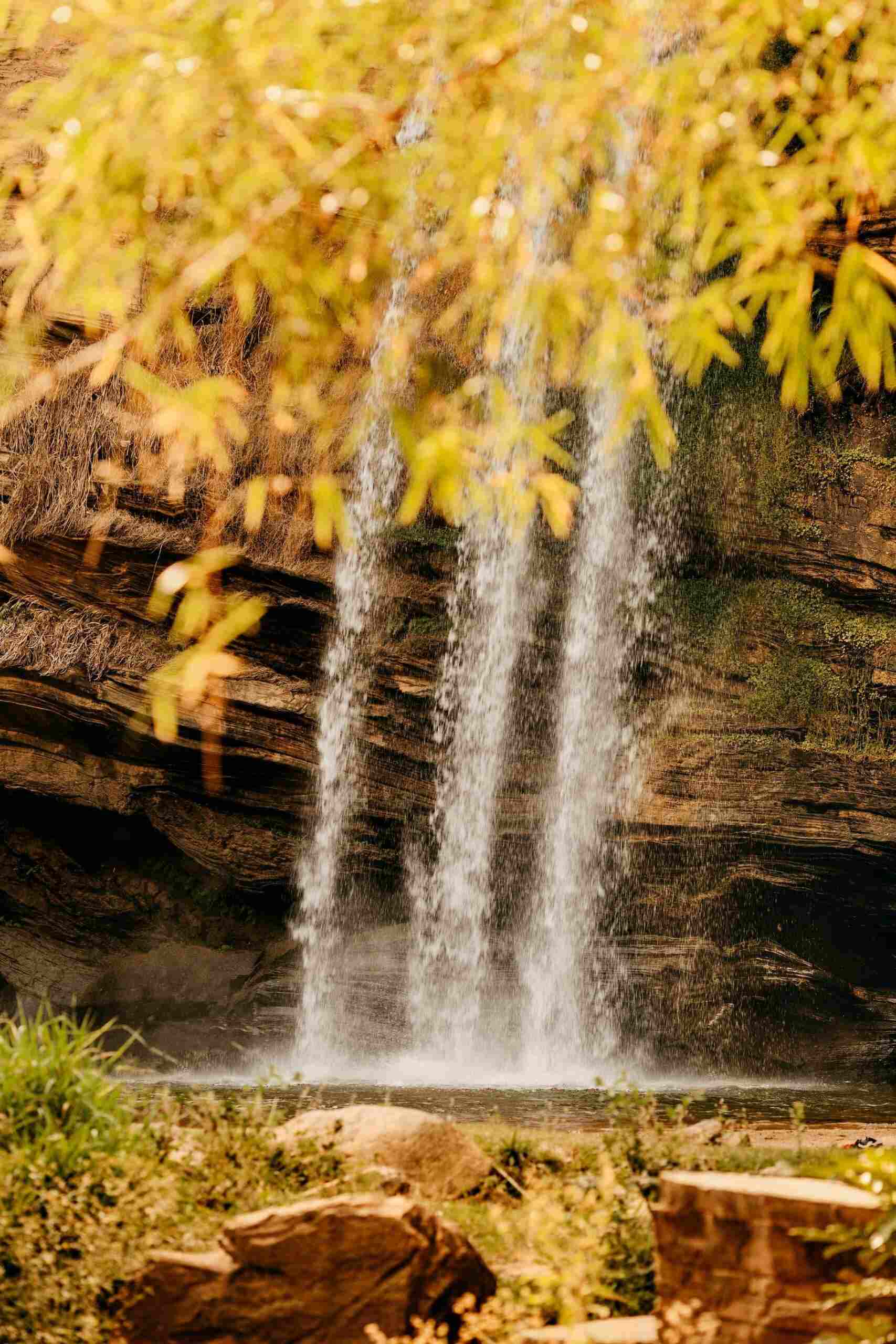
Dr. Iris Gao has moved from mainland China to Middle State Tennessee University in order to study Wild American ginseng. It just so happens that we have a lot of the root at Coal Creek farm in Eastern Tennessee. Dr. Gao visited recently with her colleague Dr. Elliot Altman (aka the hemp doctor) and Andrea Bishop, who is in charge of ginseng for the state of Tennessee. Wild American ginseng is highly sought after by the Chinese because it is nearly identical to Asian ginseng, which just happens to be on the verge of extinction. The plant is sought after for its medicinal as well as spiritual value. It is such an important herb in China that the Manchu dynasty (China’s last dynasty) was founded by usurping Beijing’s traditional ginseng monopoly. Dr. Gao came to Coal Creek to observe our plants in situ, and to take soil samples.
We were all so inspired by Dr. Gao’s enthusiasm, that we allowed her to dig three plants, one from each of three different valleys where we have found or planted roots. Normally this might have been illegal as ginseng is protected internationally by the CITES treaty (the same treaty which spells out protections for orchids and rhinos). Enter Andrea Bishop… Andrea used her discretion (she is in charge of all ginseng matters for the state of Tennessee) to allow the three roots to be dug to further science and attempts to save the plant from extinction here in the United States.
Dr. Gao was thrilled to receive as gifts three aged healthy roots. They are now in MSTU green houses where Dr. Gao and her team are attempting to micro-propagate the roots. She hopes to take our three samples and, in non-scientific terms, clone them into thousands of two-year-old roots, ready to be planted in seven months. It was very sad for all of us to dig up these older roots as we have all gotten quite attached to the ginseng, but we can’t wait to see the thousands of babies! Stay tuned, Sam Lindemann will be interning with Dr. Gao and will report back on the status of our uprooted (pun intended) plants.






